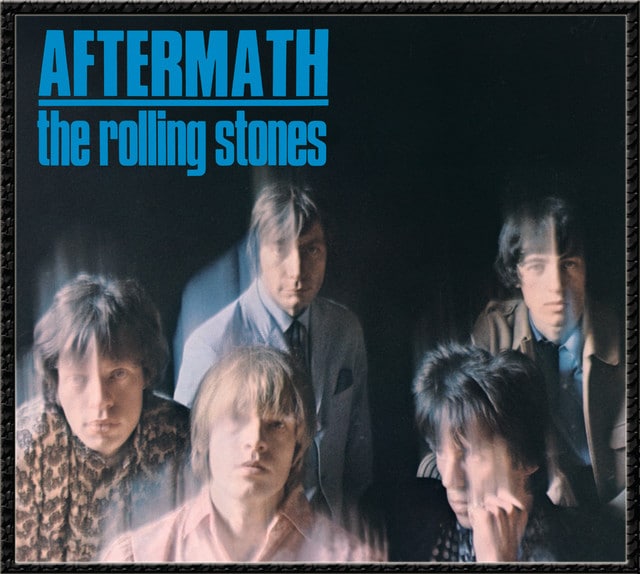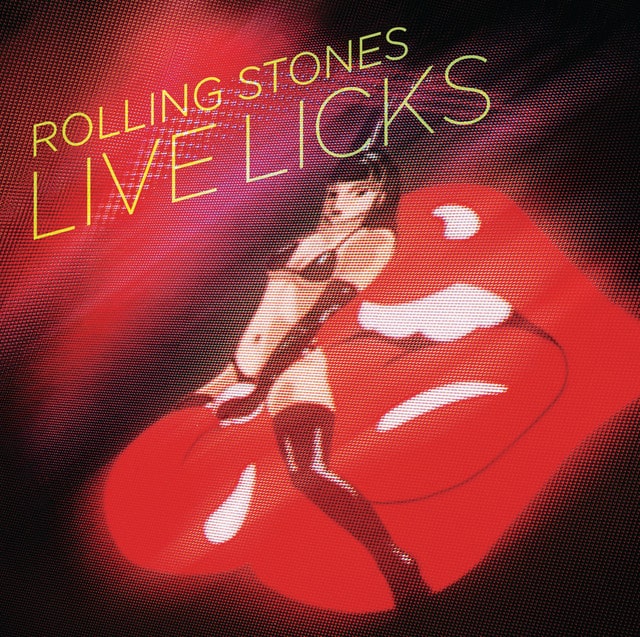Released: 1966
The Rolling Stones’ “Paint It, Black” is a psychedelic rock masterpiece, diving deep into themes of grief, loss, and the desire to blot out the painful realities of life. The relentless pursuit of darkness over light, depicted through the narrator’s wish to see colors fade into black, mirrors the depths of despair and a longing for something to erase the emotional torment.
The opening lines, “I see a red door and I want it painted black / No colors anymore, I want them to turn black,” immediately set a stark, morbid tone. This isn’t just about preferring one color over another; it’s a metaphor for wanting to obliterate brightness and life as a way to cope with deep-seated anguish. The red door symbolizes normality and perhaps, happiness, which the narrator can no longer stomach due to their internal turmoil.
When Mick Jagger sings, “I see the girls walk by, dressed in their summer clothes / I have to turn my head until my darkness goes,” it’s a vivid portrayal of being so consumed by one’s own darkness that even the sight of joy and normalcy in others becomes unbearable. There’s a palpable sense of isolation, a disconnect from the world that continues to spin in color despite one’s personal grief.
The verse mentioning, “I see a line of cars, and they’re all painted black / With flowers and my love both never to come back,” delves into the symbolism of a funeral procession, a literal line of cars carrying the dead. The mention of flowers and love lost forever reinforces the theme of mourning and the irrevocable nature of death. This imagery is stark, underscoring the permanence of loss and the futile wish for color (life) to vanish, leaving behind only black (death or nothingness).
“I look inside myself and see my heart is black” takes the metaphor of darkness within to a literal interpretation, suggesting a void where once there was emotion or perhaps love. This line, coupled with “Maybe then I’ll fade away and not have to face the facts,” speaks to a desire to cease existing rather than confront the unbearable reality of loss.
The Stones capture an almost nihilistic despair in “No more will my green sea go turn a deeper blue / I could not foresee this thing happening to you.” Here, the fading of vibrant life into the depths of sorrow connects personal grief to the broader, unpredictable tragedies of life. By stating “I could not foresee this thing happening to you,” there’s an admission of shock and unpreparedness at the turn of events that have led to such a depth of despair.
The closing plea, “I wanna see it painted, painted black / Black as night, black as coal / I wanna see the sun blotted out from the sky,” is a potent visualization of wanting not just personal pain to be obscured, but to have the world itself reflect one’s inner turmoil. It’s a desire to have the external environment mirror the inner landscape of despair, an ultimate form of empathy for one’s suffering.
“Paint It, Black” isn’t just about preferring the color black or an aversion to brightness. It’s an artistically profound insight into the human condition, dealing with the themes of grief, the desire for nonexistence, and the isolation that comes from witnessing the world carry on in its color, oblivious to one’s internal world of darkness. The Rolling Stones managed to encapsulate an existential crisis in a rock song, making “Paint It, Black” an enduring anthem of despair and a profound exploration of the human psyche.








